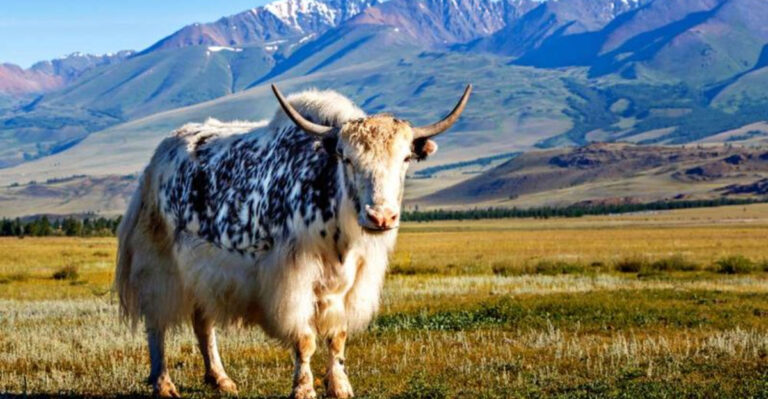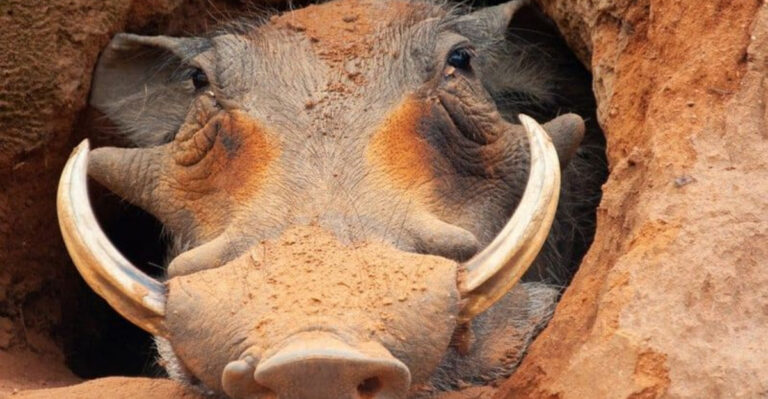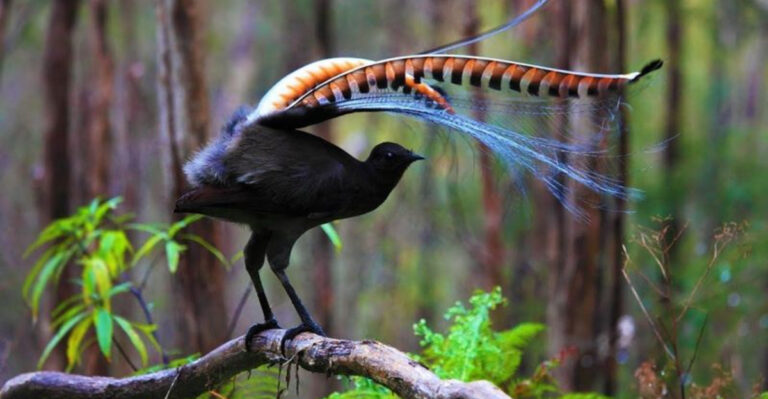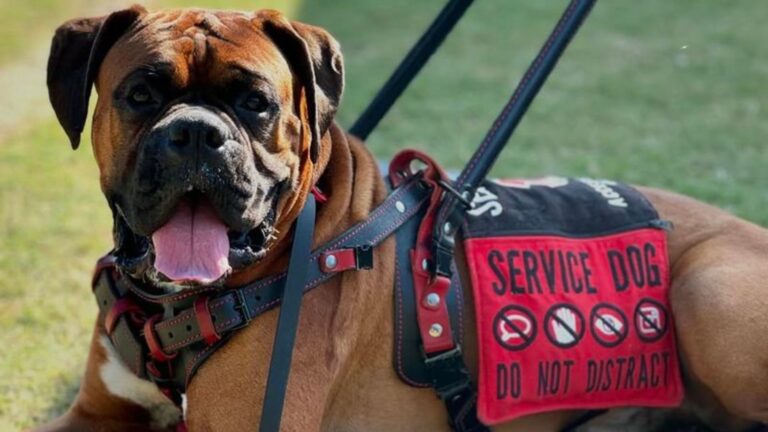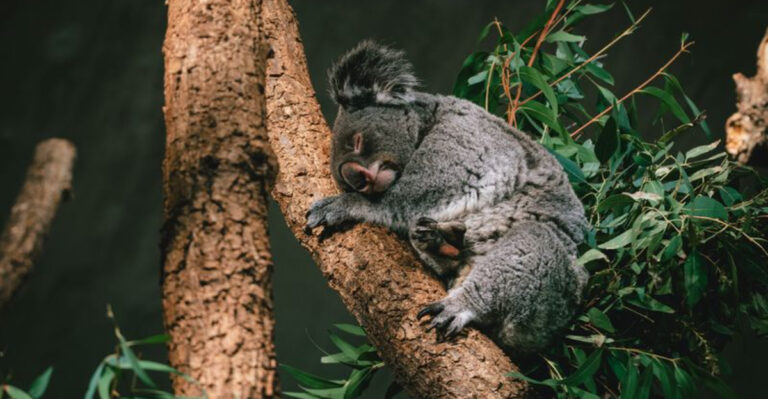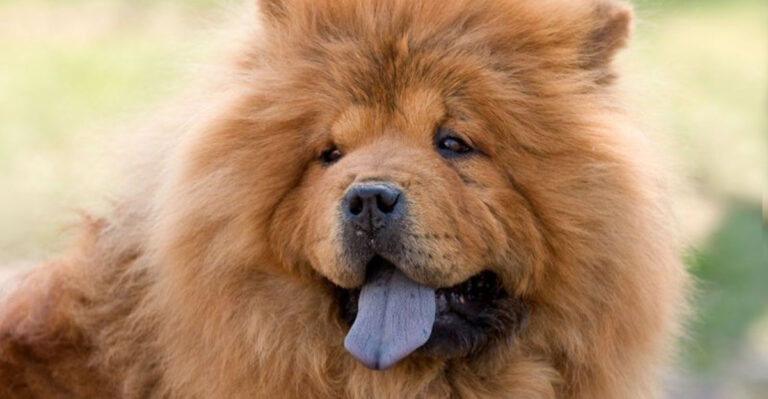9 Dog Breeds That Bark The Least (And 5 That Love To Talk, But In Their Own Way)
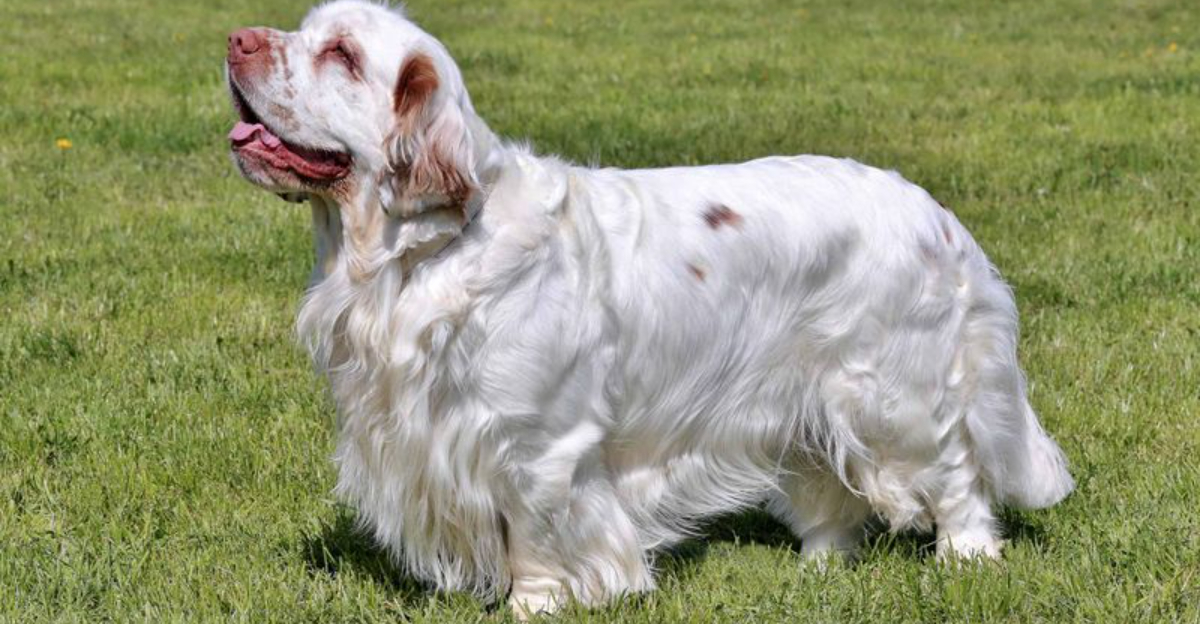
Ever wondered which furry friends won’t wake the neighbors? Some dogs are naturally quiet, while others express themselves in unique ways beyond traditional barking.
Whether you live in an apartment or simply prefer peace and quiet, finding a dog with the right vocal tendencies makes a huge difference. Let’s explore breeds that keep it down and those that communicate differently!
1. Basenji
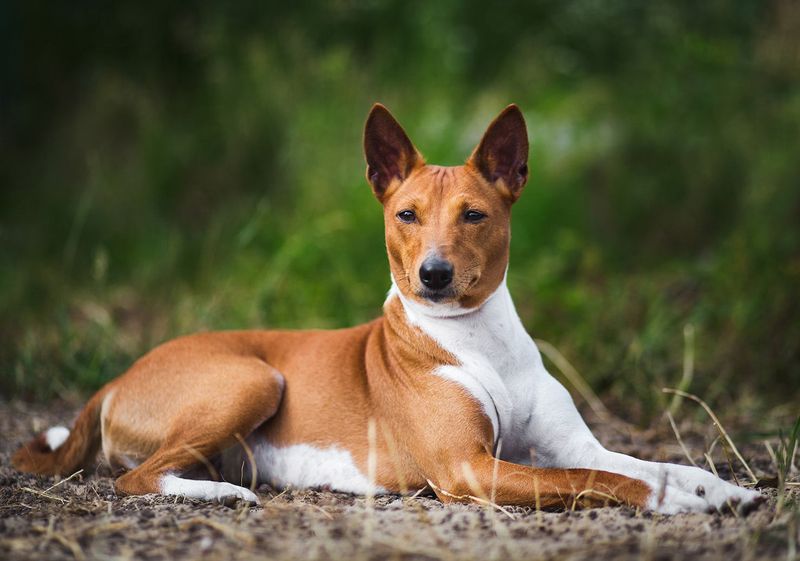
Often called “Africa’s barkless dog,” the Basenji physically can’t bark due to its uniquely shaped larynx. Instead, these clever canines make yodel-like sounds called “barroos” when excited or seeking attention.
Ancient Egyptians prized these quiet hunters for their stealth. When a Basenji does vocalize, it’s usually for a good reason!
2. Shiba Inu
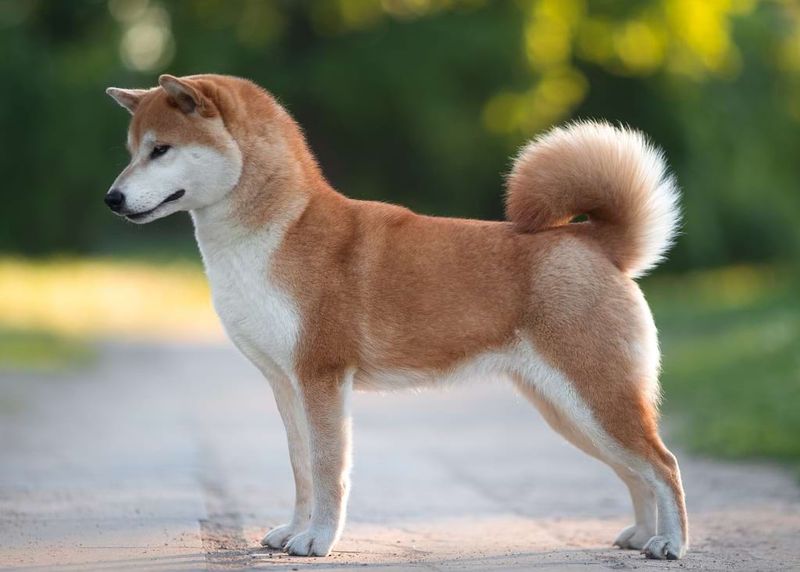
Proud and dignified, Shiba Inus prefer to observe their surroundings rather than announce every little happening. These fox-like Japanese dogs maintain their composure in most situations, saving vocalizations for truly important moments.
When they do speak up, it might be their infamous “Shiba scream” – a high-pitched sound reserved for extreme displeasure!
3. Greyhound
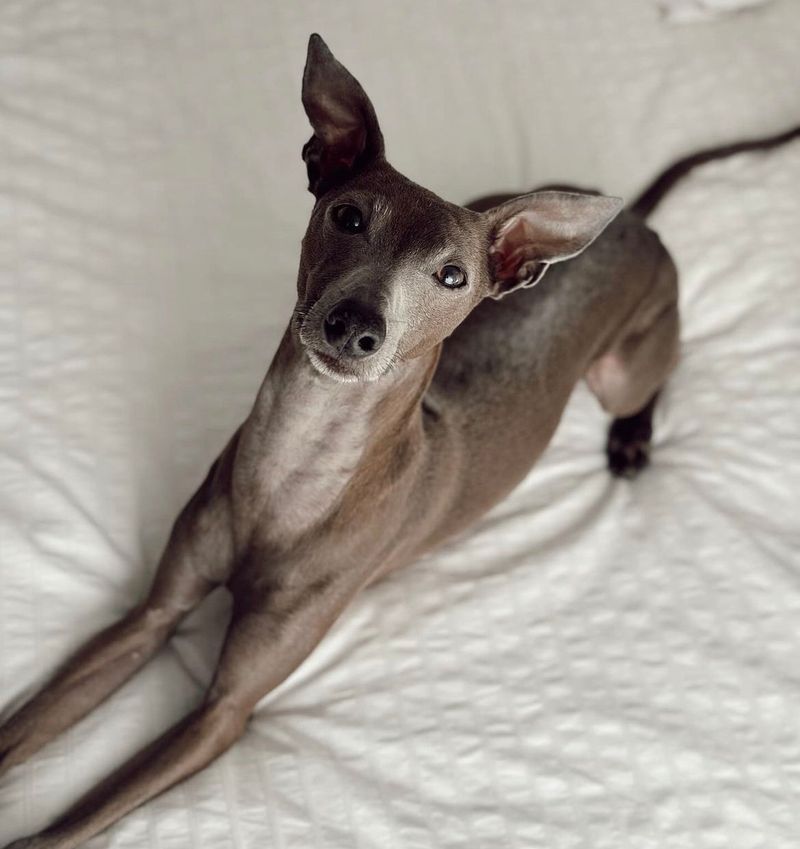
Despite their racing reputation, Greyhounds are actually couch potatoes at heart who rarely disturb the peace. These elegant speedsters conserve their energy between short bursts of activity, preferring naps to noise-making.
Their gentle temperament and quiet nature make them surprisingly excellent apartment dogs, despite their size. Most owners report barely hearing a peep from these graceful hounds!
4. Whippet
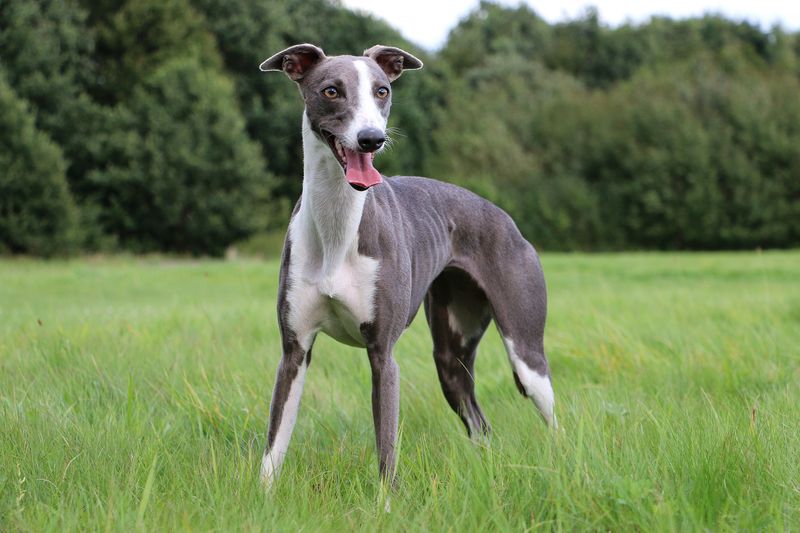
Whippets carry themselves with quiet elegance, rarely disrupting household harmony with unnecessary noise. These miniature Greyhound lookalikes balance playful energy with remarkable self-control when it comes to barking.
Fun fact: Whippets were originally bred for rabbit hunting, where stealth was crucial. This heritage contributes to their naturally quiet disposition and makes them ideal for noise-sensitive environments.
5. Bulldog

Bulldogs embody the philosophy that silence speaks volumes. These stocky companions prefer snoring to barking, typically only vocalizing when truly necessary. Their laid-back attitude extends to their communication style.
The Bulldog’s short muzzle actually contributes to their quietness – their unique facial structure makes excessive barking physically challenging. Most Bulldog owners cherish their pet’s peaceful presence and minimal noise-making tendencies.
6. Cavalier King Charles Spaniel
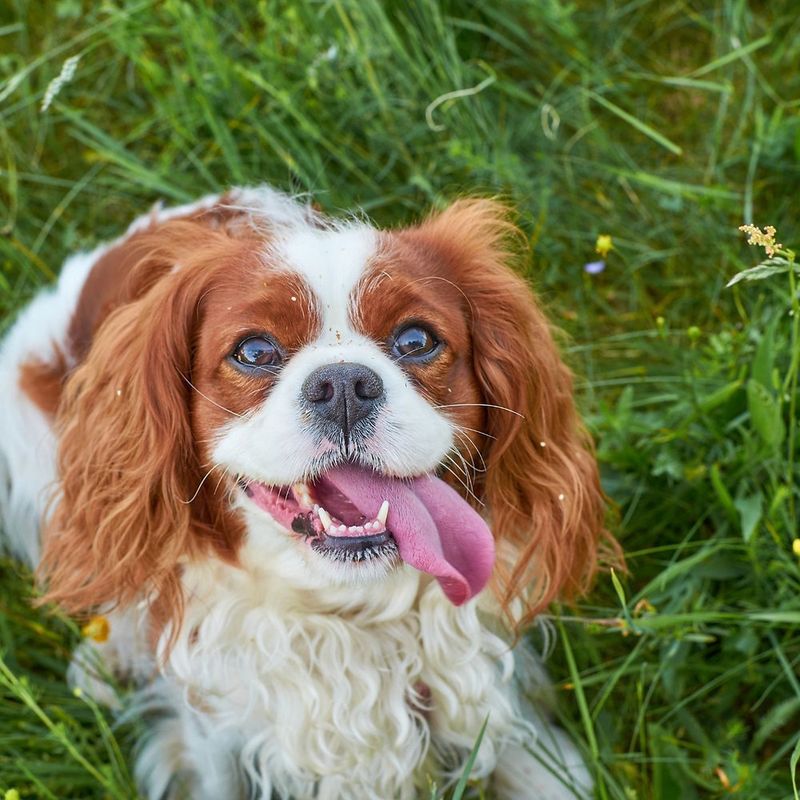
Unlike many small breeds, Cavaliers skip the yappy tendencies in favor of sweet, thoughtful communication. These royal companions balance affectionate energy with remarkable restraint when it comes to vocalizing.
Historical note: Bred to warm laps in royal courts, excessive barking would have been considered improper! Their gentle temperament and selective barking make them adaptable to various living situations.
7. Clumber Spaniel
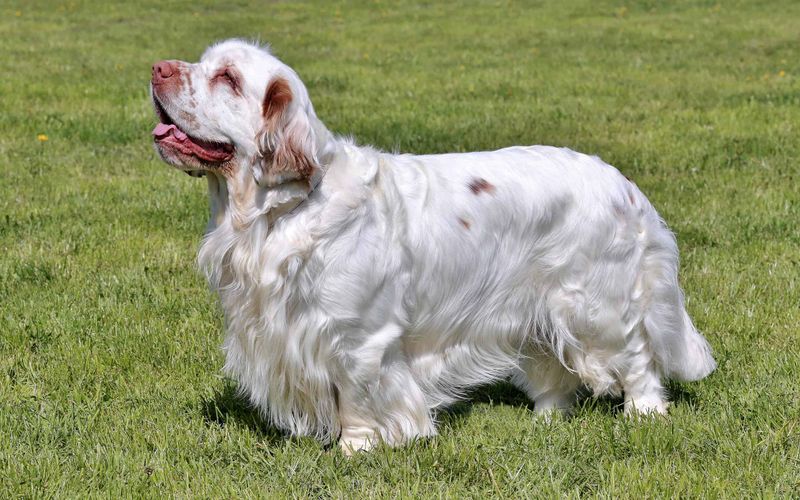
Mellow and methodical, Clumber Spaniels move through life with dignified quietness. These rare hunting dogs communicate primarily through soulful expressions and gentle body language rather than vocal outbursts.
Queen Victoria adored these dogs for their dignified demeanor. A Clumber’s thoughtful nature means they assess situations before reacting, typically choosing silence over unnecessary alerts.
8. Basset Hound
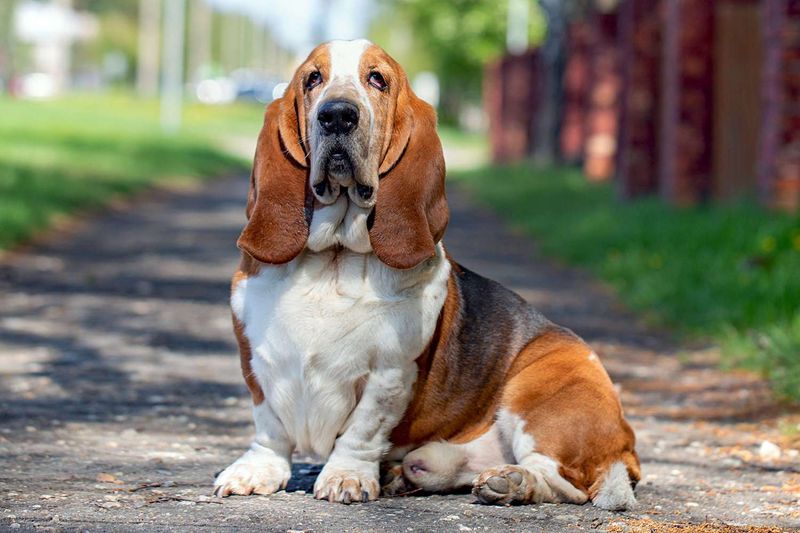
With their droopy eyes and long ears, Basset Hounds seem too laid-back to bother with excessive barking. These scent hounds save their distinctive baying voice primarily for tracking adventures, remaining surprisingly quiet in everyday life.
Their relaxed approach to existence means they’re rarely startled enough to bark at passersby or minor disturbances. When a Basset does vocalize, the sound is deep and melodious rather than sharp.
9. Irish Wolfhound
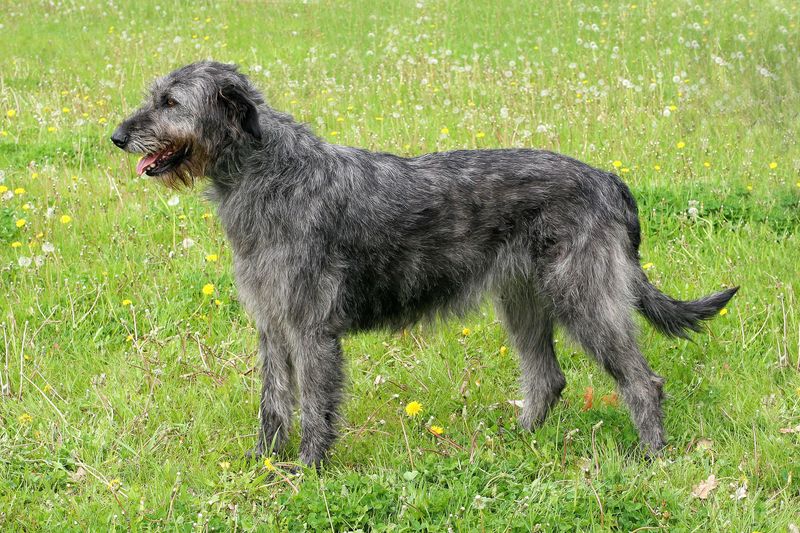
Standing tall as one of the world’s largest breeds, Irish Wolfhounds possess a quiet confidence that doesn’t require vocal announcements. These gentle giants maintain a peaceful presence, rarely disturbing the household with unnecessary noise.
Ancient Celtic warriors valued these dogs for their silent hunting abilities. Their calm temperament extends to their communication style – they’ll alert you to genuine concerns without frivolous barking.
10. Siberian Husky
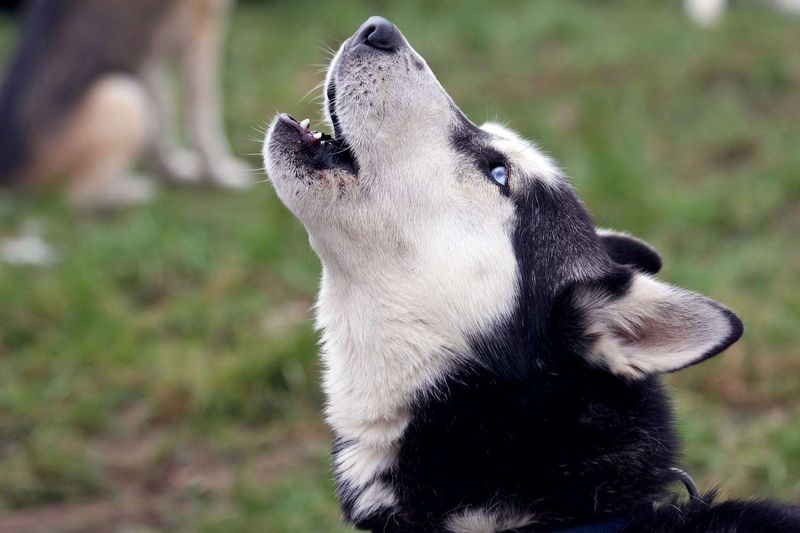
Masters of canine conversation, Huskies express themselves through an impressive vocabulary of howls, whines, and mumbles. These northern working dogs developed complex vocalizations to communicate across vast Arctic distances with their pack and human partners.
Husky owners often describe “arguments” with their pets! These social butterflies view vocal exchanges as bonding opportunities, sharing their opinions on everything from dinner options to walk schedules.
11. Chihuahua
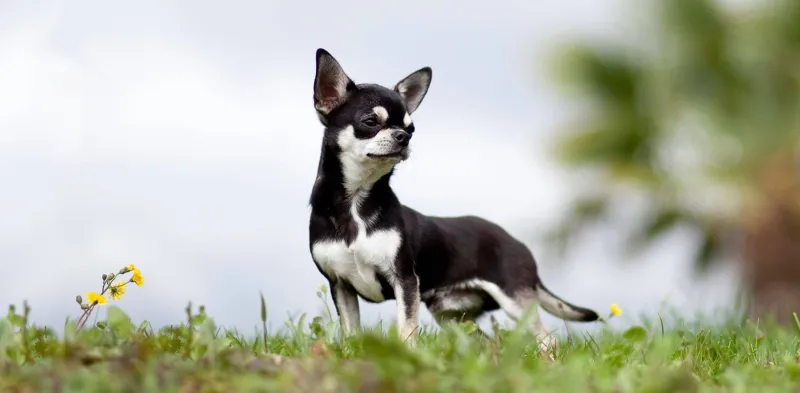
Don’t let their tiny size fool you – Chihuahuas have big personalities expressed through a range of chatty vocalizations. Beyond occasional barking, these pocket-sized pups communicate through expressive grumbles, sighs, and what many owners describe as “talking.”
Ancient Aztecs considered Chihuahuas sacred, possibly due to their communicative nature. Their expressiveness makes them excellent emotional barometers, vocalizing in response to household moods.
12. Beagle
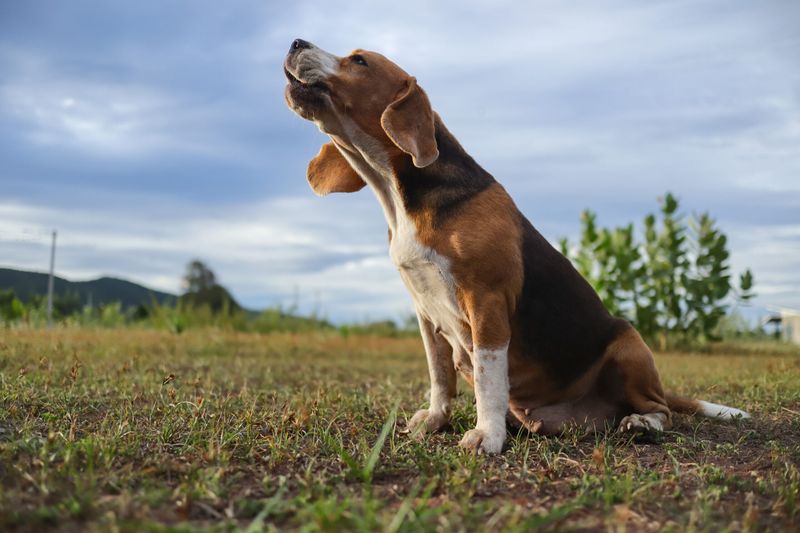
Beagles communicate through a musical spectrum of sounds, from their trademark bay to melodic howls that sound almost like singing. These scent hounds were bred to vocalize when tracking, alerting hunters to their location during pursuits.
A happy Beagle might produce what owners affectionately call the “aroo” – a distinctive howl-bark combination that expresses excitement. Their expressive eyebrows and ears further enhance their communicative abilities.
13. Alaskan Malamute
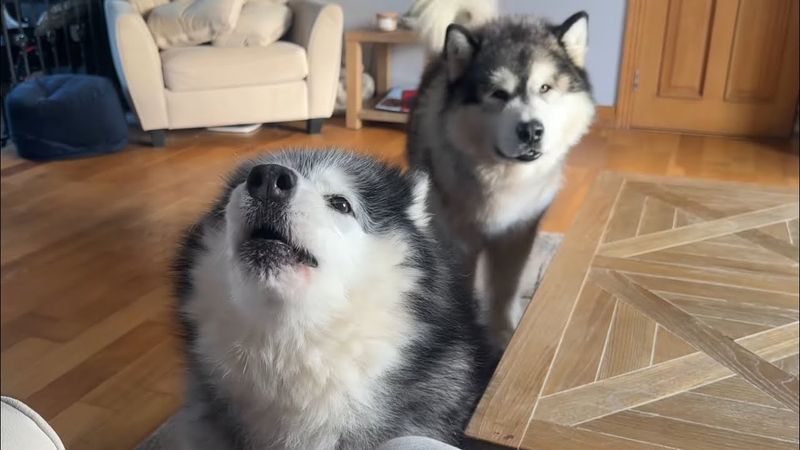
Malamutes engage in what owners lovingly call “woo-woos” – conversational vocalizations that sound remarkably like attempts at human speech. These powerful sled dogs rarely bark, instead expressing themselves through a complex language of howls, mumbles and playful chatter.
Indigenous Inuit people relied on Malamutes’ vocal warnings in harsh Arctic conditions. Their talkative nature strengthens the deep bond they form with their human family members.
14. Shih Tzu
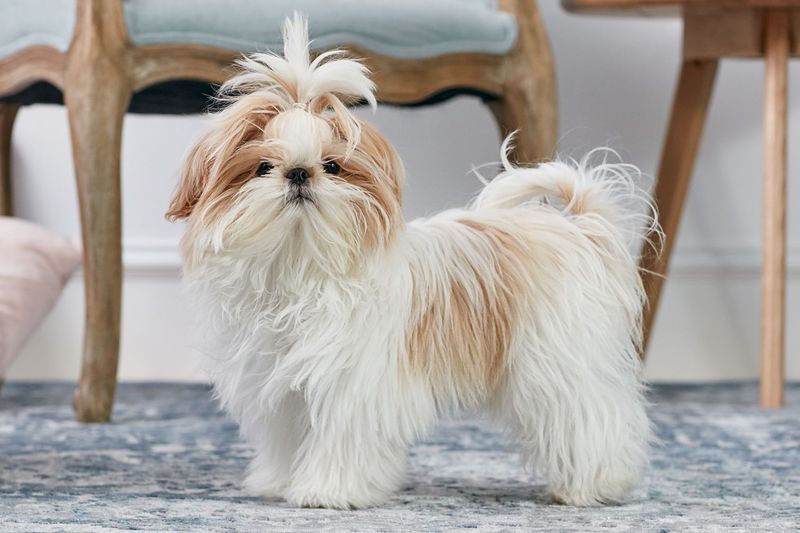
These former palace dogs communicate with royal flair, using soft growls, whines, and peculiar snorts that sound remarkably conversational. Shih Tzus developed these unique vocalizations during centuries as companions to Chinese emperors, where traditional barking would have been considered unrefined.
Many owners report their Shih Tzus “talking back” during conversations! Their expressive faces complement these sounds, creating a communication style that’s both entertaining and endearing.

